14. The Trap (2007)
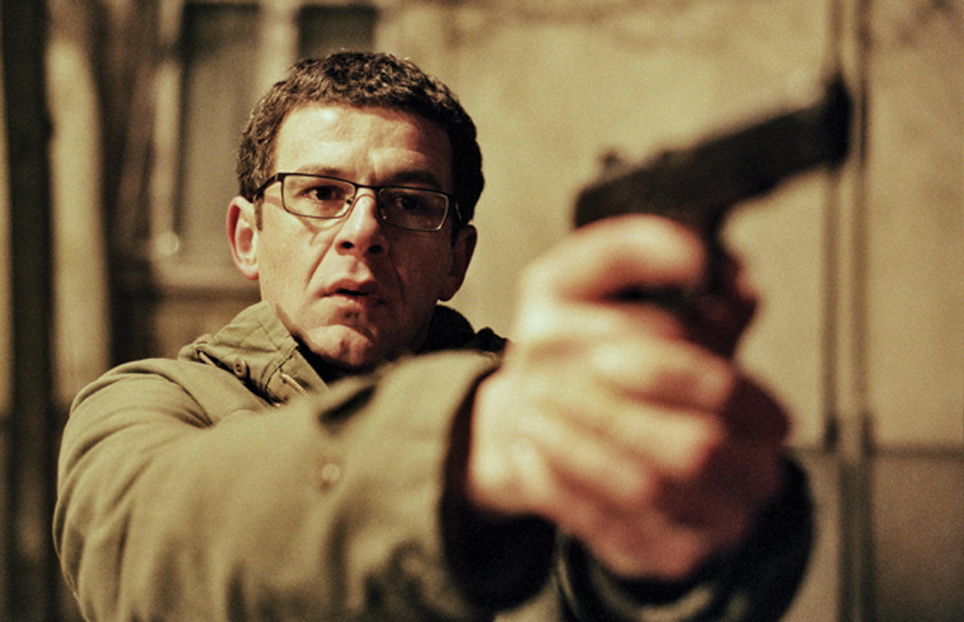
Exposing some of the most arduous moral dilemmas in their entire painful spectrum and by projecting one of the bitterest aspects of social inequity, the structurally multileveled film “The Trap” by Serbian director Srdan Golubovic was created so as to challenge inner self-disputes, as it questions the longstanding acceptance of various relentless and pretentious societal components.
Mladen is a decent breadwinner. His life is of the simplest form, entailing modest family moments and hard work. His son’s sudden serious illness abruptly disturbs the serene atmosphere that dominates his life. The necessary operation is unaffordable, and the little boy’s trembling existence more and more leads Mladen and his wife to drift away on two opposite paths of misery and anger.
Unable to gather the required amount of money, the desperate parents post an announcement in the newspaper. After days of impatience, a man responds, asking for a horrid price. Watching his little son balancing between life and death on a torturing brittle thread, Mladen decides to commit a murder. After the fulfillment of this self-destructing criminal act, the disrupted man distantly observes his wrecked soul, a bleak soul that suffers the consequences of his choices, while he lets his pursuit sink in a vicious circle of injustice and ethical arbitrage.
13. Ida (2013)
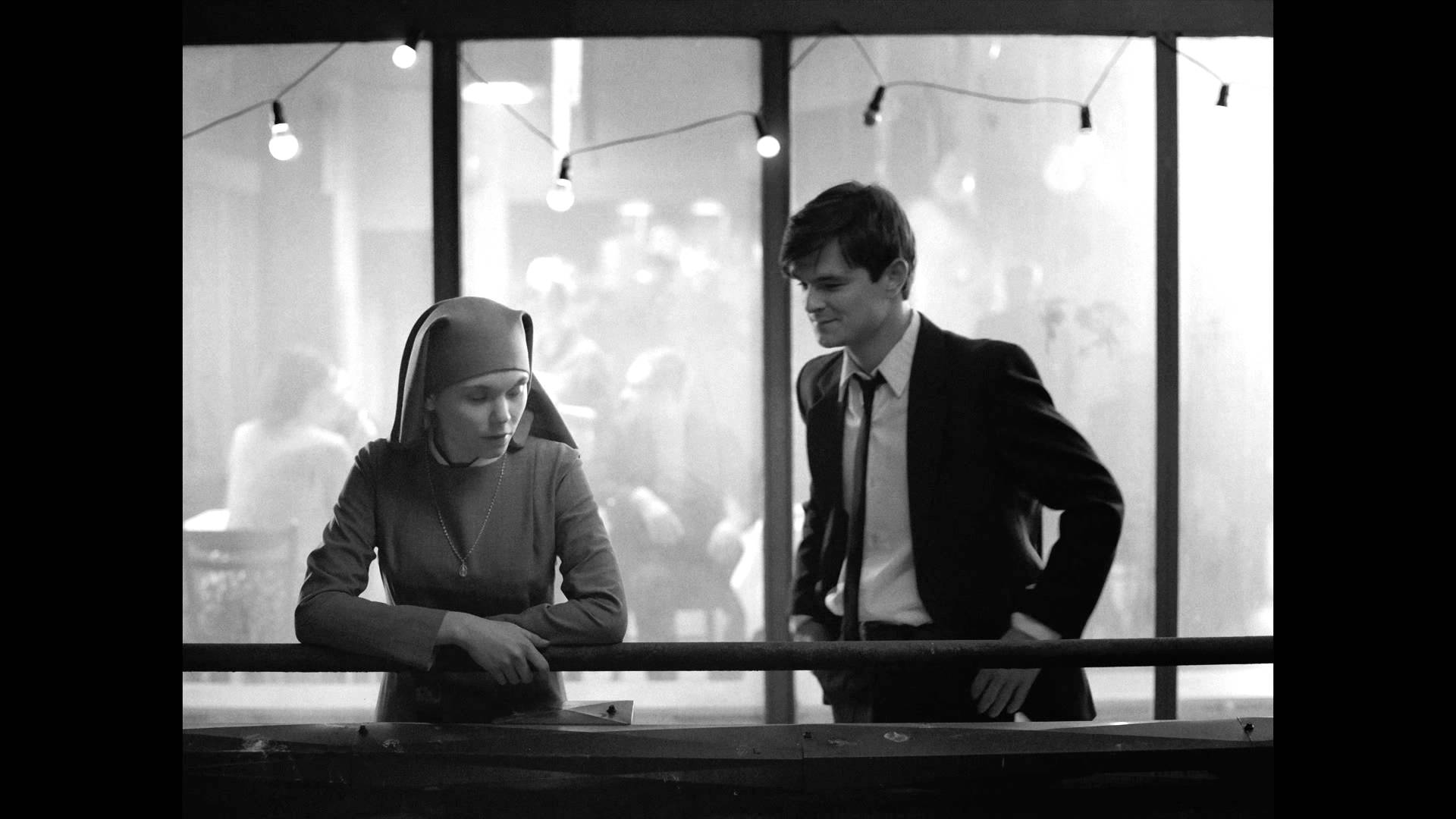
In its breathtaking black-and-white visual synthesis, the recent film “Ida” from Polish director Pawel Pawlikowski attempts a homesick flashback to a both debatable and charming past, by accomplishing a significant cinematic victory, contextually and technically speaking. Narrating an individualistic coming-of-age story, the film’s sensually sweeping dynamics reflect on a refined youthful lust for freedom and exploration.
Poland, 1960s. Almost 18 years old, a partially educated yet coltish nun is encouraged by her Mother Superior to get in contact with her solemn aloof aunt before she takes her permanent vows as a servant of God. Visiting her alcoholic, somehow distrait aunt, Anna suddenly is confronted with hidden truths that threaten the credibility of her solid, crystal-clear reality. Sensing the thick multiform background that may lie behind the unavoidable fishbowl of her short life, Anna gets prepared to meet the world.
After discovering only few basic clues about her real identity, which want her to be named after an Ida and have a Jewish origination, the young girl sets off an apocalyptic journey with the aim to explore her past and confront her parents’ possible involvement in the Holocaust. Instead of getting the direct answers she initially seeks, though, Anna’s brief road trip offers her an unveiling overview of an unfamiliar world, and moreover, evokes a bold life-changing self-exploration.
12. The Wave (2008)
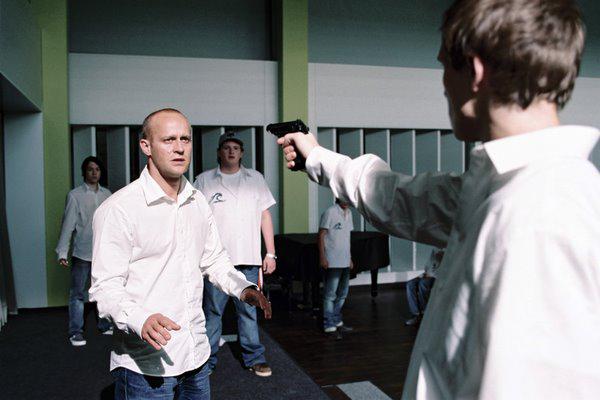
An iconic film that has been projected again and again in numerous high school classes, Dennis Gansel’s “Die Welle” was meant to be an educational symbol, importing the seventh art in the modernized teaching techniques of the 21st century. For its apt grasp on the inquiring and uncontrollable potential of a teen spirit, as well as for many other reasons, this film deserves an allusion.
Nothing is more of an acquired lesson than an emotive experience. Based on that fact, and due to his students’ weak reaction to the typical teaching procedures, Rainer decides to implement an interactive exercise in his class, so as to simulate the collective psychological background, development, and complete domination of a political status. Embodying the role of a leader and attributing the character of an avid social group to his curious students, at the beginning, his experiment seems to function unexpectedly well.
Even if one aspires to prove a self-evident conclusion, the formation of a solid group is always an audacious act. Rainer’s little newfound team, driven by an integrative vibe and inherent flaming impulse, progressively espouses extremist ideological lines. These lines, despite their indefeasible oddity, could ascribe to former insignificant individuals a distinct character and sense of ascendancy. Their fanatic community, blindly directed to a resonant collapse, mirrors the walkthrough nature of the masses and the primal human need of belonging.
11. Le Havre (2011)
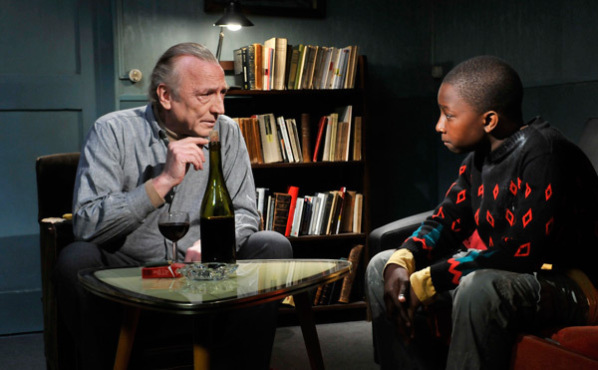
Aki Kaurismäki’s plangently penetrative, socially respectful, and retro-like “Le Havre” describes the composite psychological sensibilities of an introverted third-aged man, as he faces his wife’s fragility and intersects with the modern drama of a helpless underage immigrant. Displaying a pluralistic comprehension of the contemporary societal pathologies and intertemporal spiritual necessities, this film effectively asserts a conceptual completeness and visual allure.
On the verge of a devastating loss, a humble shoe shiner discovers an African boy during a venturous effort to hide away in the port of Havre. The boy’s stinging gaze and speechless behavior create a thundering sound in Marcel’s mind. He takes the young immigrant under his protection, while he strives to understand his origin and mawkish history.
Through his pure humanistic actions, Marcel offers a palpable shelter and builds a mental shelter for himself as well. Watching his wife’s transparent figure in a state of suspended animation, moving away day after day, Marcel seeks to preserve a hope of life in a dispersed sense of death and severe melancholy.
A Finnish film shot in France and set at a bleak port, “Le Havre” strongly emits the nostalgic mood of legendary vintage French films. Its dismal ambience reflects the man-made borders that divide, encumber, and exhaust. Kaurismäki’s symbolic handling of borders not only represents a mundane factor of unfair and criminal suppression, but also stands for the evasive limits between life and death, emerging in the film’s silent dignity and inexpressible pain.
10. A Prophet (2009)
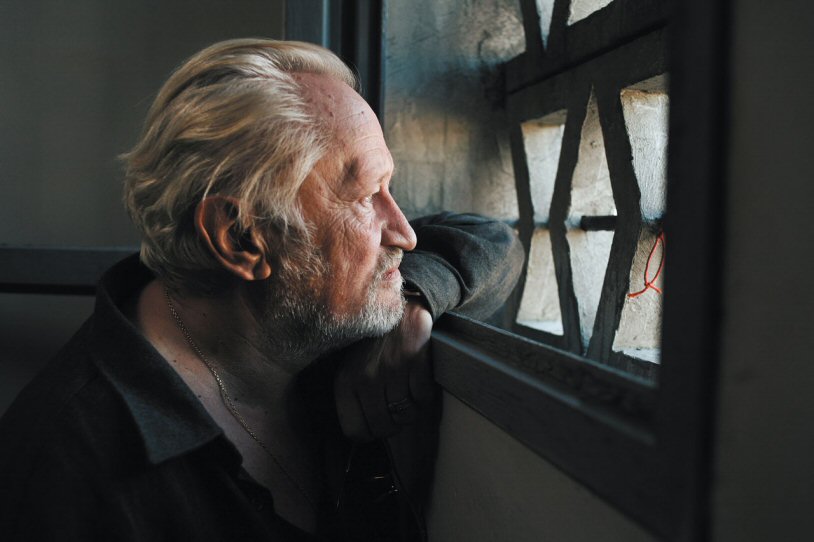
In search of a European prison’s arduous and morally exhausting community, Jacques Audiard’s “A Prophet” follows the story of Malik, an unrelated 19-year-old Arab who is brutally introduced to the ruthless decisiveness of a veritable dog-eat-dog inferno. Crammed in between his indisputable death and a self-destructive murder, the terrified boy is constrained to live the rest of his life under the shadow of an agonizing numinous friendship.
Even from the first day, he appears to be insecure and scared, trembling in his pale skin and behind a fearful expression. Such a profile describes a perfect victim; he will be a killer, or he will be killed. “I can’t kill anybody,” he states to himself. But even before he wonders about the consequences of such an act, his target is found motionless in a sea of blood. This is his turning point: from now on, Malik’s life and mind will never be the same.
Defined by an utterly evasive beauty, an operatic depiction of Malik’s mentality exposes his constant spiritual cohabitation with his victim. He’s always there, with the fatal mark carved in his neck, expressing Malik’s fears, acrimonies, and regrets. The years go by, and the boy’s role in the prison’s hierarchy doesn’t practically evolve: he’s just a powerless foreign man, eternally available and manageable. Still, his actual involvement and progression is exclusively present in the parallel universe of his mind.
In its haunting ambience, as it transmutes from a nightmare to an equivocal dream and vice-versa, this film is one of the best works ever made about imprisonment, displaying a uniquely profound approach on the respective psychological aspects, prospects, and interplays.
9. Philanthropy (2002)
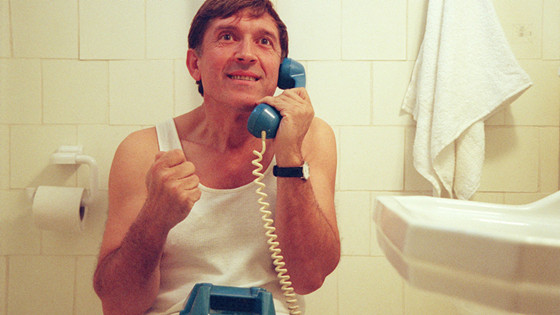
Does “philanthropy” as a term and idea really exist in a material world? Do people substantially cherish altruistic feelings for each other? Nae Caranfil’s “Filantropica” from 2002 suggests that in our emotionally deprived contemporary world, even the ideally staged facades of affection have a low price, whereas weaknesses comprise the most efficient way of making money. Funny, explorative, and aptly dramatic, Caranfil’s entertaining filmic endeavor to deride the greedy nature of our species withstands its original purposes on every level.
Ovidiu is a witty high school teacher in Bucharest. He practices a decent profession, while he’s a talented writer of an uncommercial book. His quite sophisticated lifestyle doesn’t provide him a lot more than the basics, and since he falls for an impressive but superficial girl, Ovidiu decides to claim the needed cash, appearance, and confidence to seduce his unapproachable target.
Boldly meandering through the contradicting and ironically laboring population of the Romanian underworld, “Filantropica” looms over the intersecting points of the parasitic activities with the Western world’s instated fake humanitarianism. Additionally, the Romanian director poignantly comments upon the frayed texture of romanticism and mocks the direct blinding effect of the outward allures.
8. Bad Education (2004)
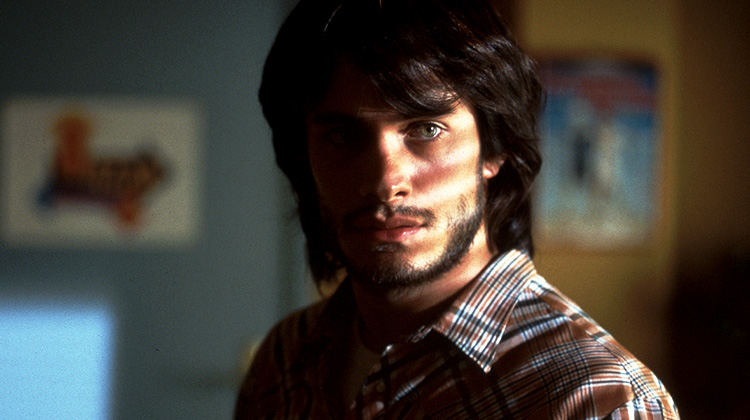
Pedro Almodóvar never leaves you with any other choice: you’re definitely going to fall in love with his well-crafted, partially real, and partially surreal characters. Gently located on a delicate surface that divides a delightfully stylized melodrama and the real dolorous tragedy, the arguably unmatched Spanish director creates a self-defeating, forgiving, vengeful, and absolutely stunning humanity of his own cerebral materials.
“Bad Education,” one of Almodóvar’s most sensitive and glorious works, perhaps is slightly tinged with a lovable shade of his familiar theatrical extravagance. However, visually and implicationally speaking, this overbold picture in its hard core comprises a regimental apocalypse, whereas it delves into the multiform psychological impacts of physical abuse and premature mental deprivation. Recounting the lives of two boys who were united and separated at the same time by an abusive priest in a Christian school, the film criticizes Franco’s dictatorship by various different angles.
A common determinant past brings close Ignacio and Enrique, two all-around artistically inclined men. Enrique, inspired by his real-life drama, is now a film director and hopes that his most important friend, who’s currently an actor, will be willing to bind the film with his meaningful presence. Occasioned by the impending film’s script, the story moves backwards in time, observing the formerly naïve boys discovering art, adulthood, sexuality, and love.
Through its provocative sexual and ethical explicitness, as it emerges on a colorful and emotionally charged mosaic of characters and crucial events, the intelligent structure of “Bad Education” suggests that cinema’s context needs to be as sincere and revealing as life itself. Almodóvar’s empathy and acceptance of humanity’s traumas and particularities attributes to this searching cinematic trip an unparalleled grace.